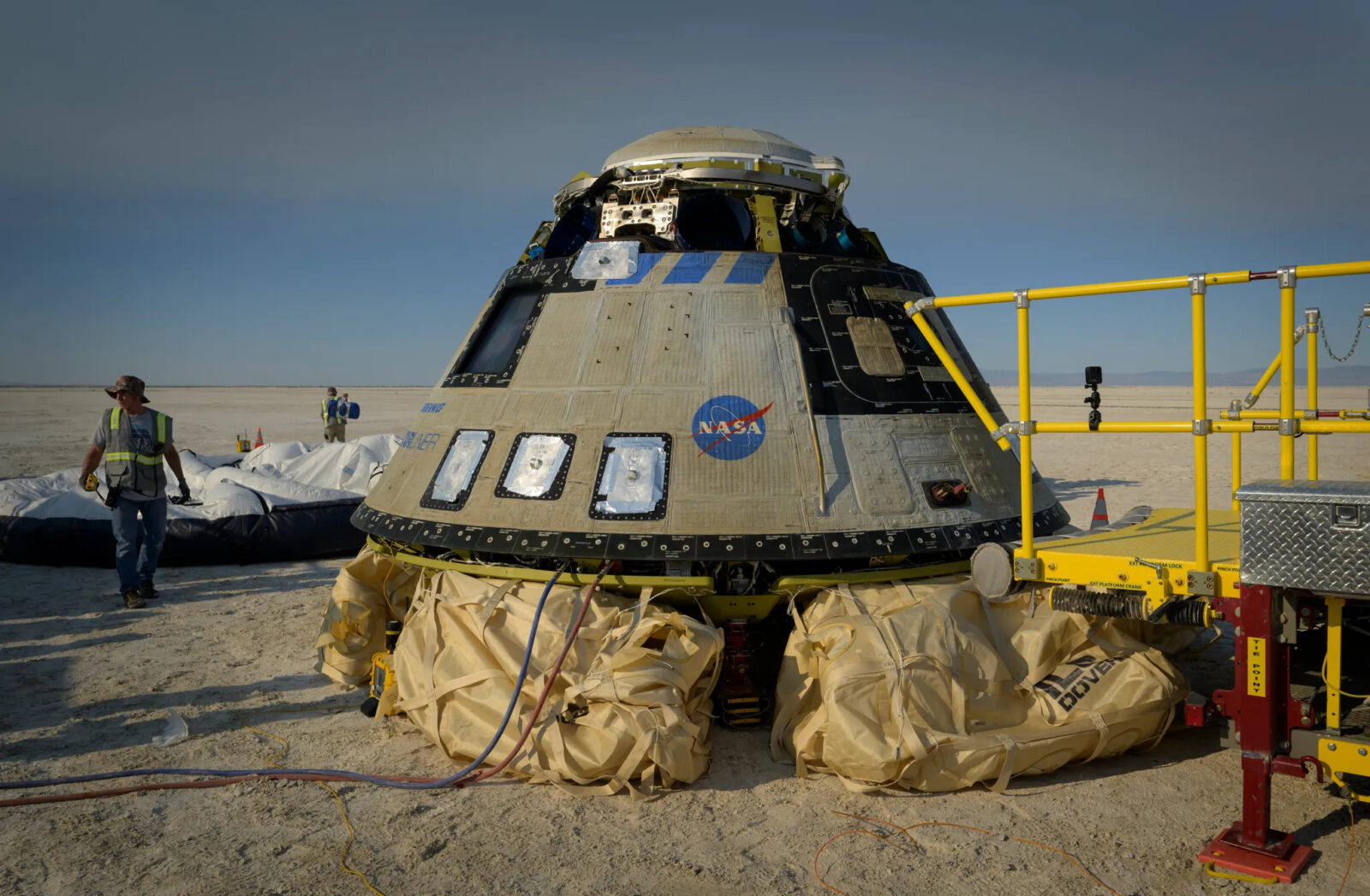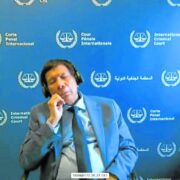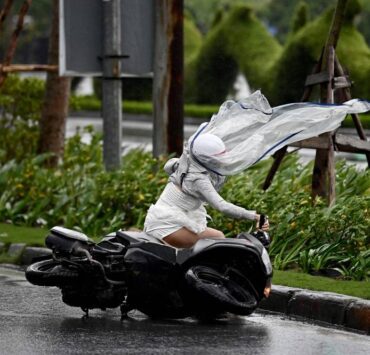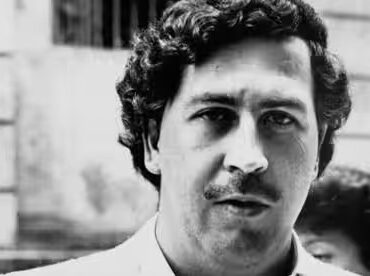Without astronauts, Boeing’s Starliner returns to Earth

WASHINGTON—Boeing’s Starliner spacecraft landed unmanned in a New Mexico desert late on Friday, capping a three-month test mission hobbled by technical issues that forced the astronauts it had flown to the International Space Station (ISS) to remain there until next year.
Nasa astronauts Butch Wilmore and Suni Williams, who became the first crew to fly Starliner in June, remained on the ISS as Starliner autonomously undocked at 6:04 p.m. ET on Friday, beginning a six-hour trek to Earth using maneuvering thrusters that Nasa last month deemed too risky for a crew.
Starliner returned to Earth seemingly without a hitch, a Nasa live stream showed, nailing the critical final phase of its mission.
The spacecraft reentered Earth’s atmosphere at around 11 p.m. ET at orbital speeds of roughly 27,400 kph.
About 45 minutes later, it deployed a series of parachutes to slow its descent and inflated a set of airbags moments before touching down at White Sands Space Harbor, an arid desert in New Mexico.
Safety concerns
Though the mission was intended to be a final test flight before Nasa certifies Starliner for routine missions, the agency’s decision last month to keep astronauts off the capsule over safety concerns threw the spacecraft’s certification path into uncertainty, despite the clean return Boeing executed.
Wilmore and Williams, stocked with extra food and supplies on the ISS, will return to Earth on a SpaceX vehicle in February 2025.
What was initially supposed to be an eight-day test has turned into an eight-month mission for the crew.
Reuters, the news and media division of Thomson Reuters, is the world’s largest multimedia news provider, reaching billions of people worldwide every day. Reuters provides business, financial, national and international news to professionals via desktop terminals, the world's media organizations, industry events and directly to consumers.

















